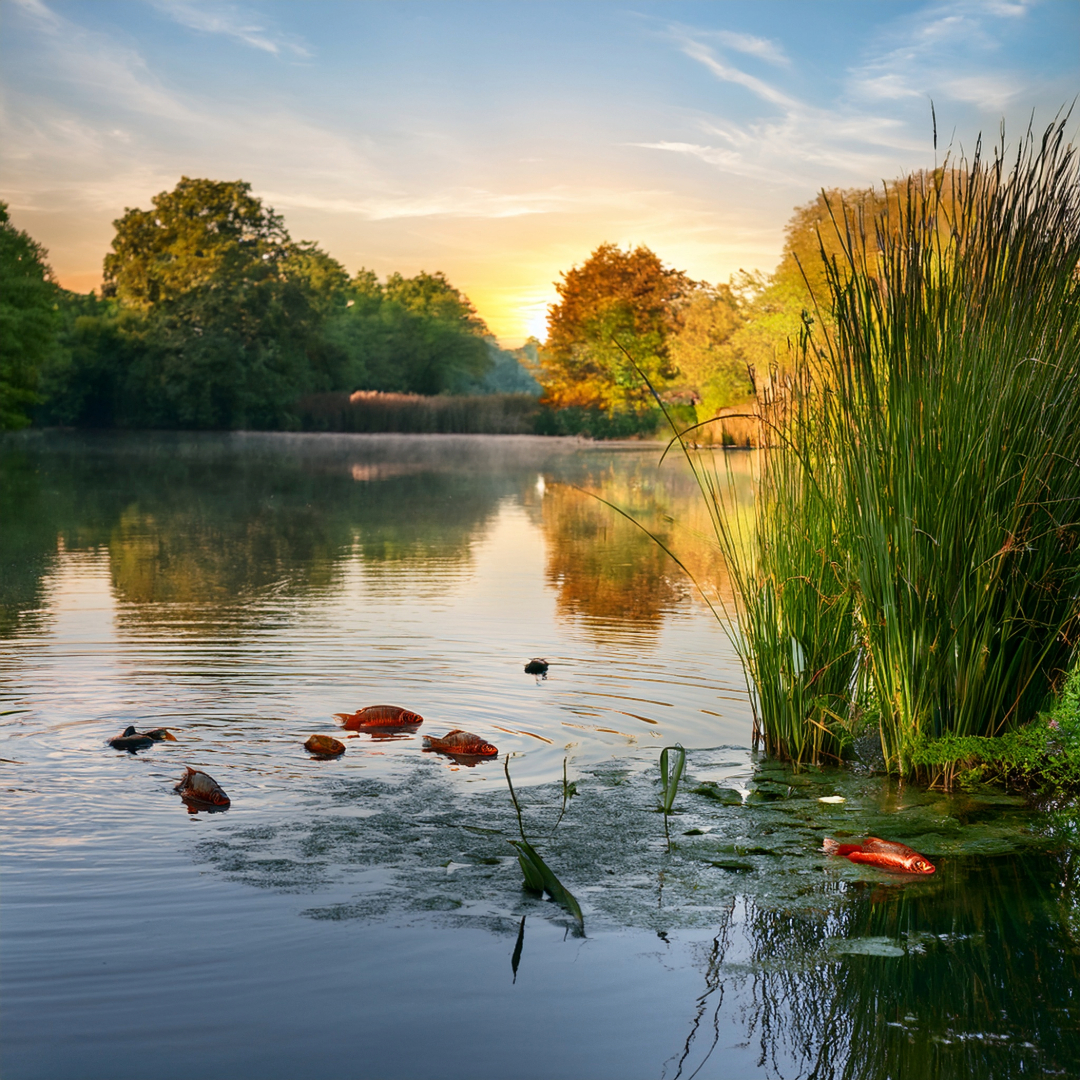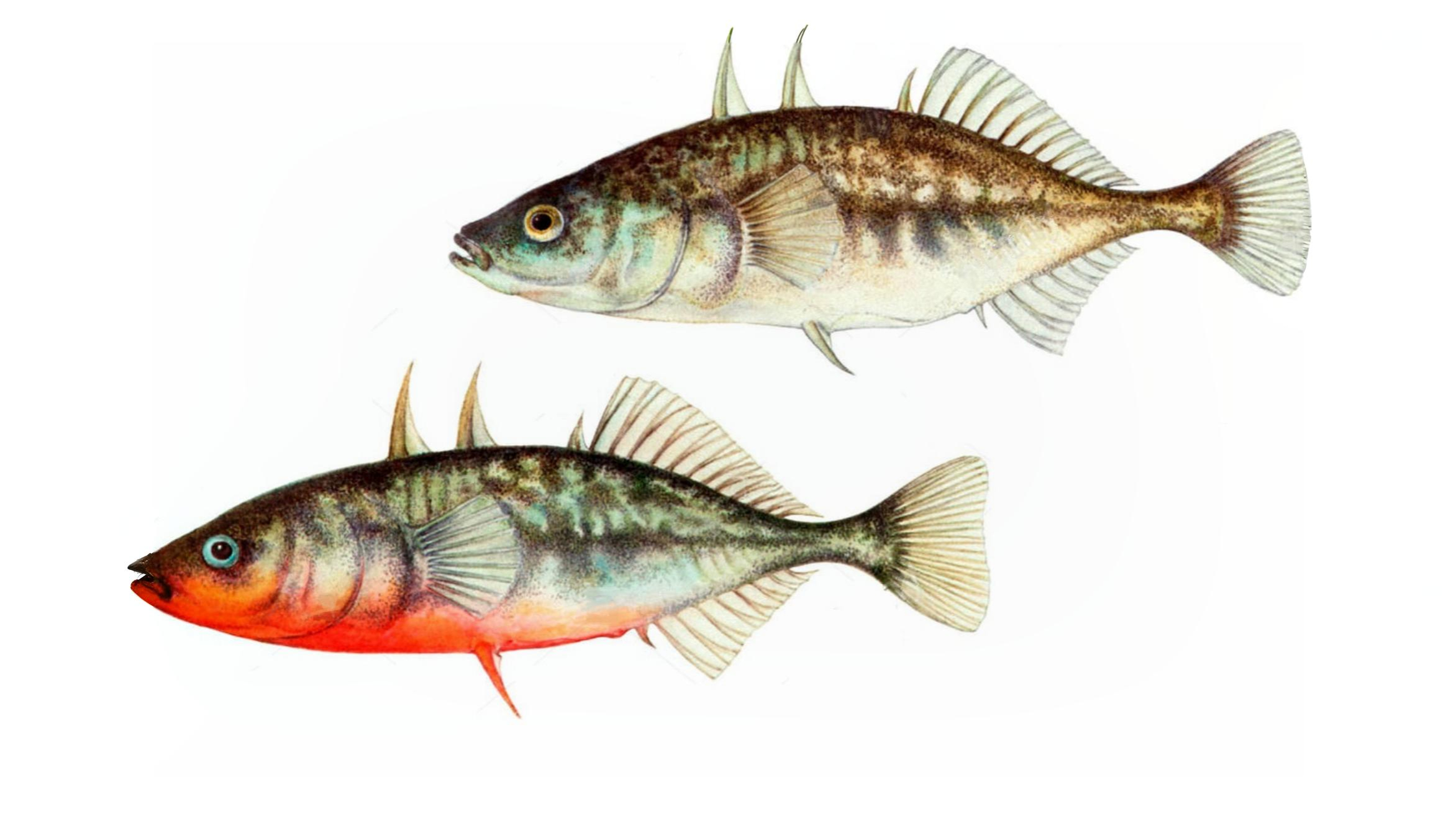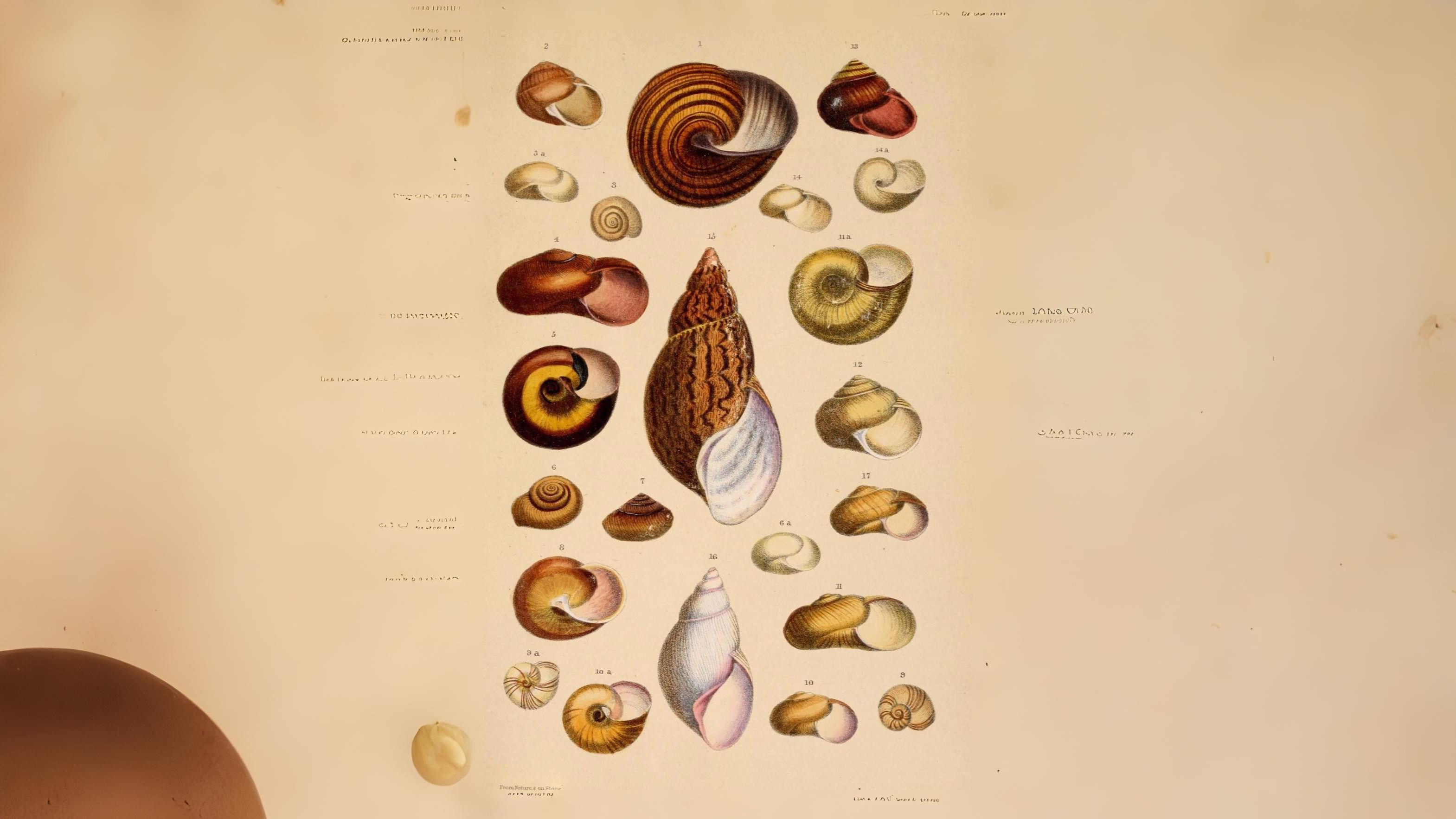Discover the vibrant underwater life thriving in London’s lakes, rivers, and reservoirs! From the fiery nuptial colours of the 3-spined stickleback to the fascinating behaviours of freshwater molluscs, the city’s waterways are teeming with stories waiting to be explored. Did you know over 100 fish species call London home, or that some snails were once used by painters to mix their colours? Mark your calendar for 10 April and join us as we dive into the hidden wonders of London’s aquatic ecosystems. Don’t miss this deep dive into nature’s secrets!
The spawning that started last month carries on apace this month - pike, perch, ruff, gudgeon and stickleback are all spawning in shallow water, often near vegetation. Carp and roach will spawn a little later. London’s lakes and reservoirs are rich in fish. In the 1970s, fifty thousand roach and thirty thousand perch were recorded from the Serpentine in Hyde Park. When Pen pond in Richmond Park was drained, carp, bream, pike, perch, dace and eel were all recorded. Including the estuarine portion of the Thames, over one hundred different species of fish are now known to occur in London. In rivers, lakes and reservoirs the following have been recorded: rainbow and brown trout, salmon, common and crucian carp, tench, roach, rudd, dace, chub, bleak, stone loach, barbell, bullhead, gudgeon, silver and bronze bream, 3 and 10 spined stickleback, minnows, goldfish and pike.
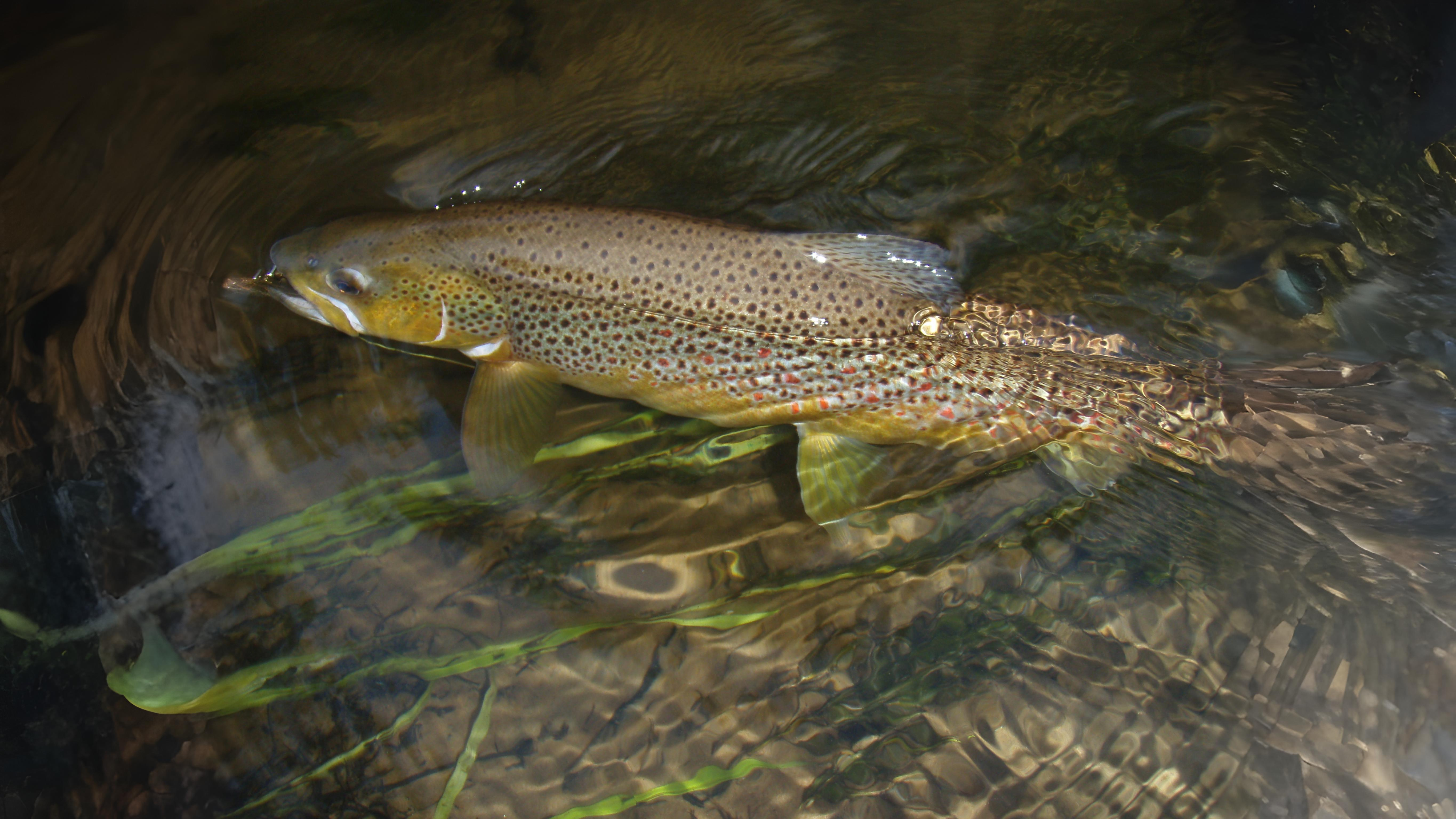

Sticklebacks are amongst the easiest to catch and observe and are none the less exciting for that. The male 3-spined stickleback, like many other fish, comes into his nuptial colours this month. In his case he is a fiery red below, pale blue above, with a dazzling blue-green eye. Using a sticky secretion produced by his kidneys, he makes a nest of plant material and sand which he jealously guards for his mate. With darting movements, he attracts a series of females into his nest, and then nudges them to lay their eggs. Once the female has laid her eggs, he fertilises them, then chases her off. He then vigilantly looks after the eggs, regularly ventilating them with his waving tail. After two weeks he may be seen collecting the young fry in his mouth, returning them to his nest if they stray too far. This can all be observed in an aquarium. Other fish may be seen feeding near any surface shoals of Daphnia and some such as gudgeon may be seen rushing towards the shore whilst releasing their eggs as they do so.
Water snails are familiar to anyone who has ever swept a net across the margins of a pond, lake or river. You are likely to encounter perhaps up to ten different species doing this but many of our other aquatic and amphibious molluscs have more specific requirements and so you are better to look near springs, in marshes and ditches, brackish water or even temporary pools in woodland. Good places generally to look for them are in the Grand Union Canal and the river Colne and Crane as well as their tributaries.
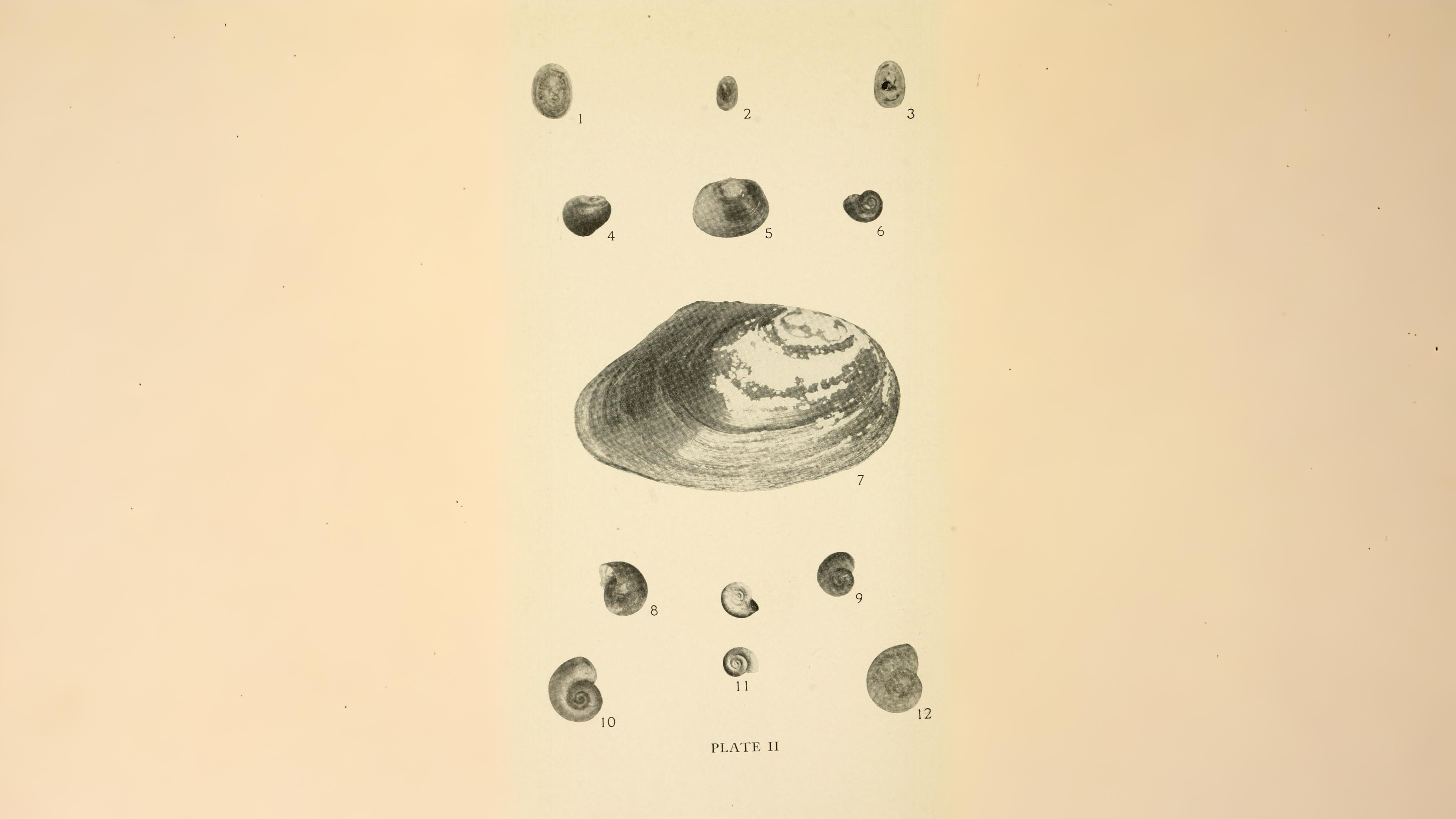
The most familiar water snail to be encountered is likely to be the Great Pond snail Lymnaea stagnalis. It has a cavity or “lung” in its shell which is filled with air which it regularly has to replace by coming to the surface. This is why we see them floating under the meniscus until they are disturbed when they quickly release this air, sink and disappear. It is our largest water snail (up to 5 cm) and has a slender turret-shaped spire and unusual triangular tentacles. Sometimes their shells have distorted growth rings indicating that at one time or another they were an intermediate host for a parasitic fluke. At other times we see them feeding on submerged vegetation with their three hundred rows of teeth, each row with sixteen teeth.
The Great Ramshorn Phanobarius corneus (3 cm) is the largest of another attractive group of snails called ramshorns. They have spirally coiled shells usually flattened or partially flattened into a disc shape. In ponds with little oxygen their bodies often redden due to an increase of haemoglobin and in an albino form of the Great Ramshorn the whole snail becomes an alarming crimson colour. The Swan Mussel Anodonta cygnea always stands out due to its large size (up to 15 or even 20 cm) and impressive numbers are sometimes seen at the edges of reservoirs. At this time of year they are discharging their parasitic larvae that attach themselves to fish, grow a little before dropping off as minute mussels into the mud. The shells of the smaller Painter’s mussel Unio pictorum (8 cm) were used at one time by painters to mix their paints. Both can be found in the Grand Union Canal.
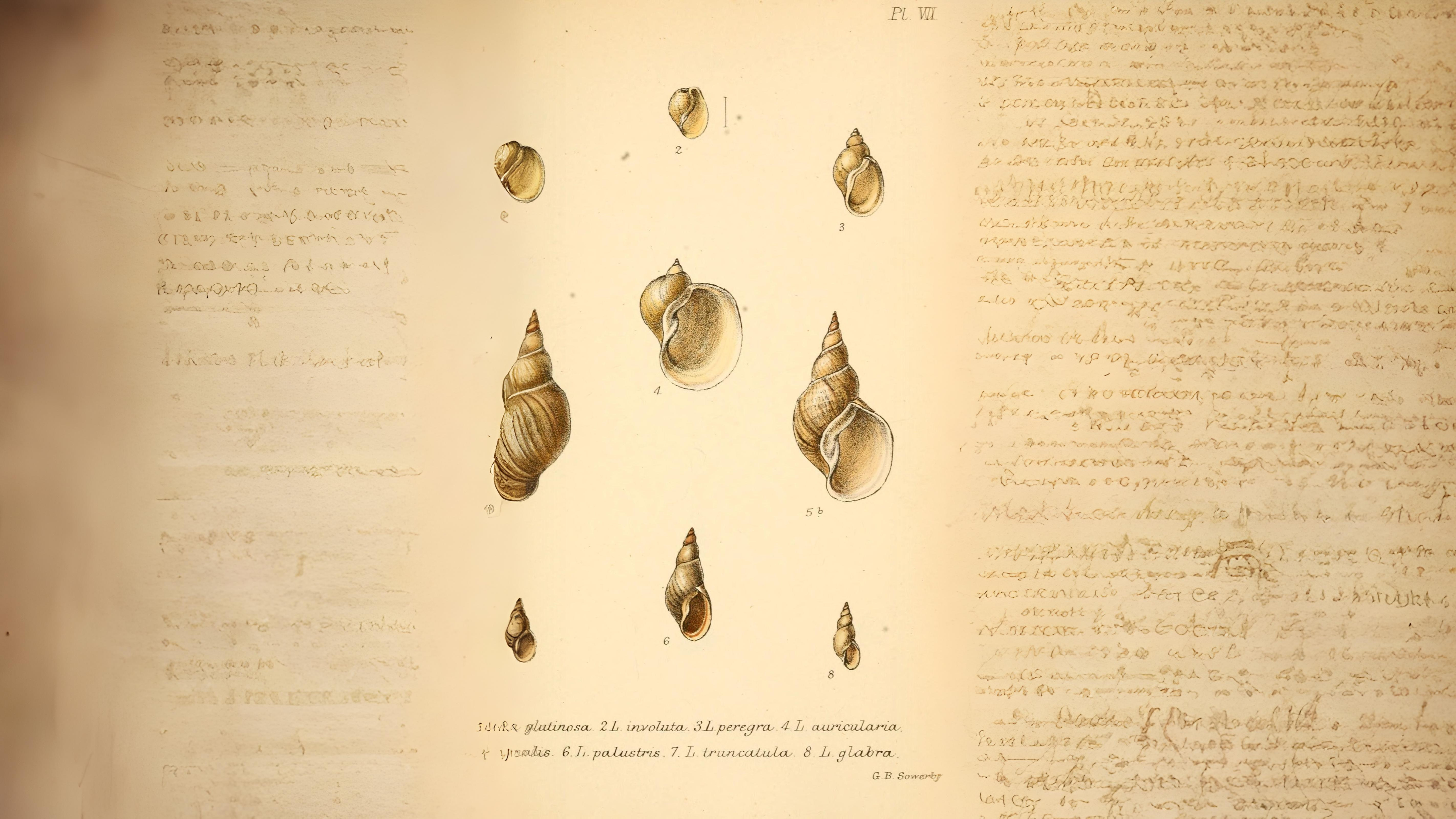

A large more typically shaped greenish-brown snail but with bulging whorls and three bands is the Common River snail Viviparus viviparus (3 cm). It is not that easy to find as it spends most of its life half buried in the mud with just its mouth visible but does occur in Longford river. Other striking water snails worth looking for, although sometimes you will need a lens to identify them, are the Ear snail, Moss Bladder snail, Nautilus ramshorn and the Nerite. The Ear snail Lymnaea auricularia (3 cm) has a flared ear-like aperture and can be found in reedbeds. The Moss Bladder snail Aplexa hypnorum (13 mm) has a long, slender, highly polished shell and can sometimes even be seen jumping. The Nautilus ramshorn Gyraulis crista (3 mm) rarely comes to the surface and being so small we rarely get to see the attractive ridged whorls on its shell. Lastly, the Nerite Theodoxus fluviatilis (1 cm) can cause excitement due to its mottled colours. It can be yellow, brown or black with white, pink or purple spots and has a red or orange operculum. The rarer colour combinations are much sought after by shell collectors. It can be found in Wraysbury river.
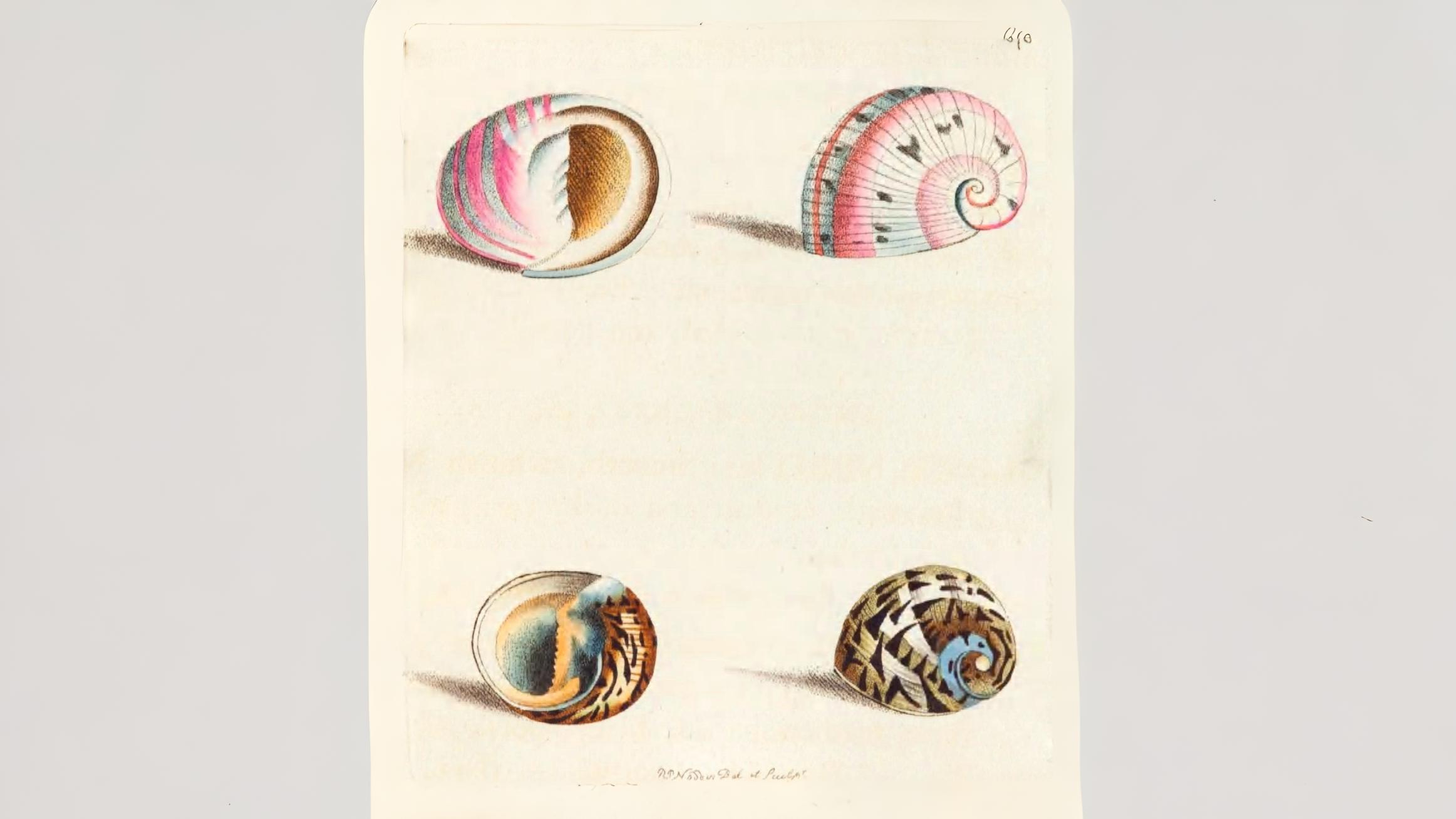
Generally, the water snails you tend to come across are the air-breathing Lymnaea spp. and various ramshorns. The most common Lymnaeid is the Wandering Pond snail Lymnaea peregra (2 cm). It only lives a few months compared with around a year for the Great Pond snail. The smaller Dwarf Pond snail (9 mm) shows a preference for living in the muddy pools created by cattle where it occasionally passes on a liver fluke. The Bithynias are similar but with more bulging whorls. The Common Bithynia 1 cm) has a tear-shaped operculum and Leach’s Bithynia 6 mm) a round one. They can both be found in Fray’s river. The often ubiquitous Jenkin’s Spire shell (4mm) can often cover the surface of the mud where rivers enter the Thames. Although it breeds prolifically as yet only a single male has been found.
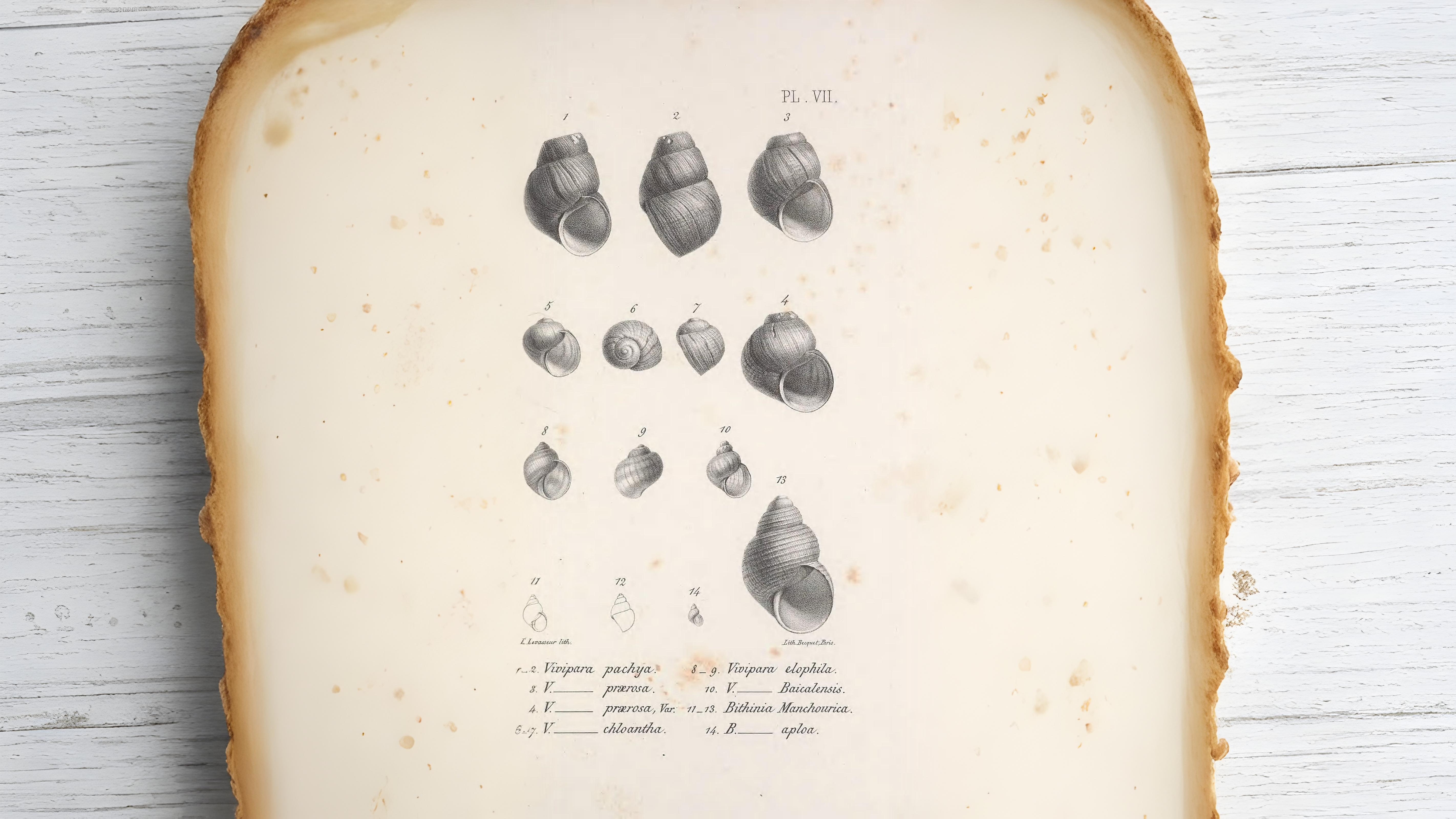

Other ramshorns you may come across include the yellowish Margined ramshorn Planorbis planorbis (15 mm), the Keeled ramshorn P. carinatus (16 mm) complete with keel and the Whirlpool ramshorn Aniscus vortex (10 mm) which can occasionally be seen drifting across the surface of lakes. Smaller ramshorns include the White ramshorn Gyraulus albus (6 mm) which has attractive transverse and spiral lines, the Shiny ramshorn Segmentina nitida (4 mm) which is orange or reddish-brown and has a translucent shell and the Button ramshorn Planorbis leucostoma (6 mm) with its 5 whorled shell. The smallest of them is also the rarest i.e. the Trumpet ramshorn Menetus dilitatus (3 mm), its size not aiding its discovery in the Grand Union Canal. Other snails similar to ramshorns are the Shiny glass snail Zonitoides nitidus (6 mm) which is a glossy brown and likes to live in the debris at the sides of lakes, the Valve snails e.g. Valvata cristata (4 mm) and V. piscinalis both of which, when at rest, have projecting feathery gills and a tentacle.
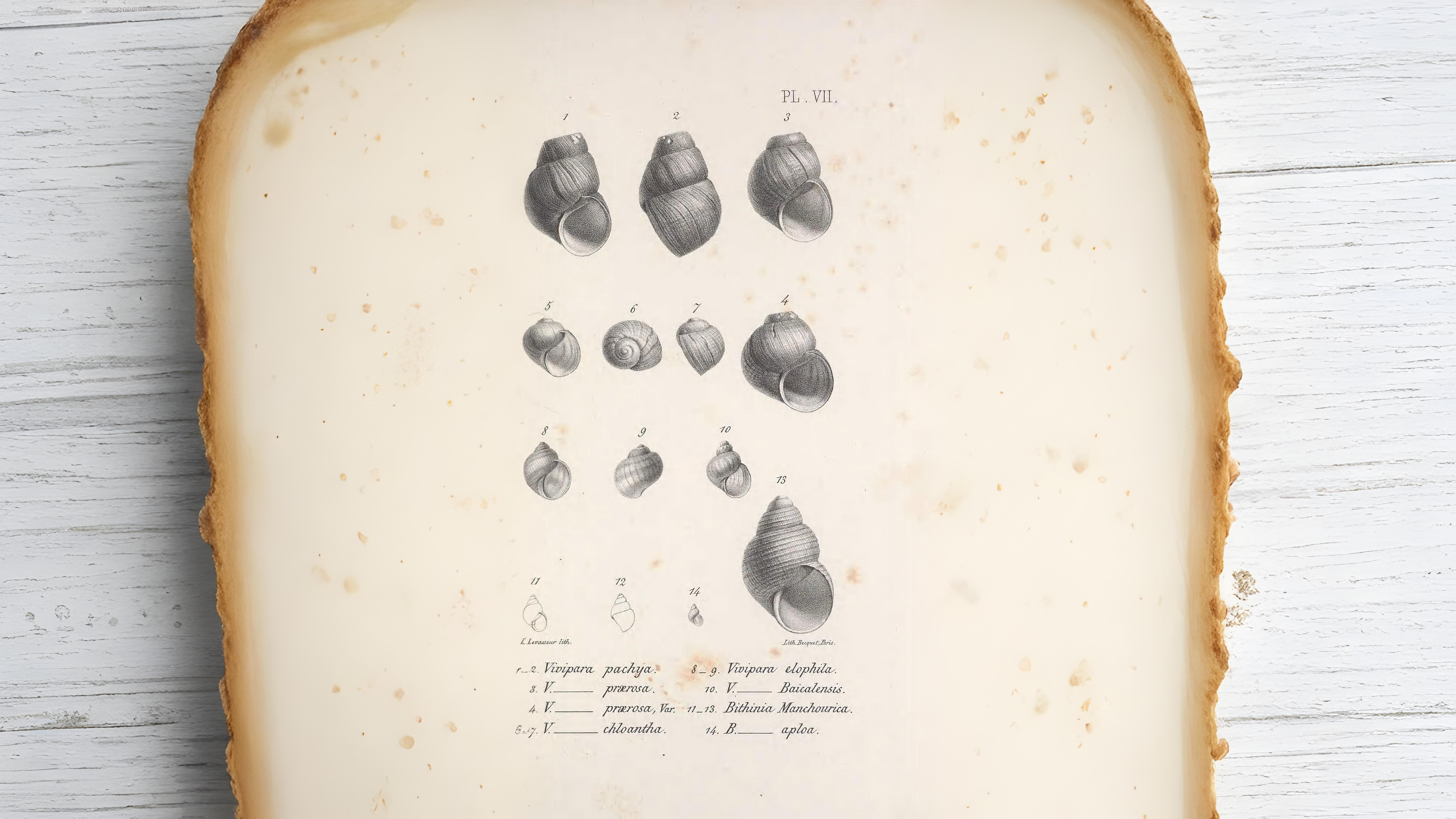
Besides the two valved mussels already mentioned there are the much smaller Pea and Orb shells. Although very hard to identify they always catch our attention due to their acrobatics using their muscular feet. There are several different horn-coloured Pea shells Pisidium spp. (2-6 mm) which all have one projecting siphon and only one Orb shell, the Horny Orb (12 mm) which has 2 siphons. Then there are the limpets i.e. Ancylus fluvitilis (6 mm), the River limpet and Acroloxus lacustris (6 mm), the Lake limpet. Both are pleasurable to find with the tipped over points to their shells as they are invariably found in clear unpolluted water.
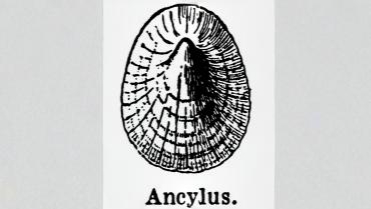
Lastly, for the enthusiasts there are two more great rarities i.e. the very attractive tall, spiralled Thames door snail Balea biplicata (17 mm) and the more topshell-shaped Perforatella rubiginosa. Both of them can be found of all places on islands in the Thames i.e. Isleworth and Brentford Aits. Here they show a preference for an equally unusual habitat i.e. the flood debris left by the last high tide.
